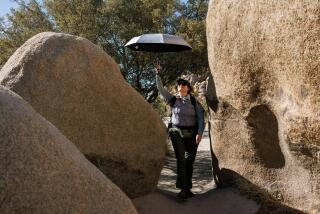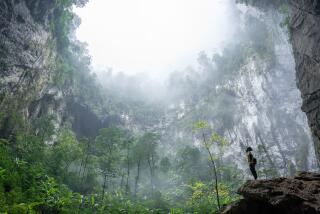Soreq Cave: stalactites and stalagmites in action
What
Soreq CaveWhere
At the Avshalom Nature Reserve (also, Stalactite Cave Nature Reserve), less than two miles east of Bet Shemesh, Israel.Why it’s worth a detour
In 1968, a crew of workers excavating a quarry on Mt. Yaela’s western slope unwittingly discovered Soreq Cave with a single explosion. Scientists estimate the cave to be between 8 million and 25 million years old. Authorities were stunned by the cave’s complicated clusters of stalactites and stalagmites.Although it barely covers an acre, the cave is believed to be one of the world’s most active, meaning its moist air and mineral-rich droplets are still building stalactites and stalagmites. One particularly poignant pair of speleothems, or formations in the making, are nicknamed Romeo and Juliet because they “grow” together.
Visitors to the cave can view a slide show and take a guided tour through this captivating mixture of limestone formations and dripstone walls.
DetailsCall 011-972-2-991-1117, or go to www.parks.org.il. Hours are 8 a.m. to 5 p.m. daily, except Fridays, April to September; 8:30 a.m. to 4 p.m. daily, except Fridays, October to March. 8:30 a.m. to 2 p.m. Fridays year-round.
Visitors should arrive no less than an hour before closing time. Guided tours are offered in many languages every day except Friday. (Photography is allowed only on Fridays.)
Getting there
The reserve is about 12 miles west of Jerusalem. From Jerusalem, take Ein Karem-Bar Giora Road. The reserve’s entrance is on Route 3855.Admission $5.40 for adults, $2.80 for children. A visitor center, snack bar and gift shop are on site.
More to Read
Sign up for The Wild
We’ll help you find the best places to hike, bike and run, as well as the perfect silent spots for meditation and yoga.
You may occasionally receive promotional content from the Los Angeles Times.






